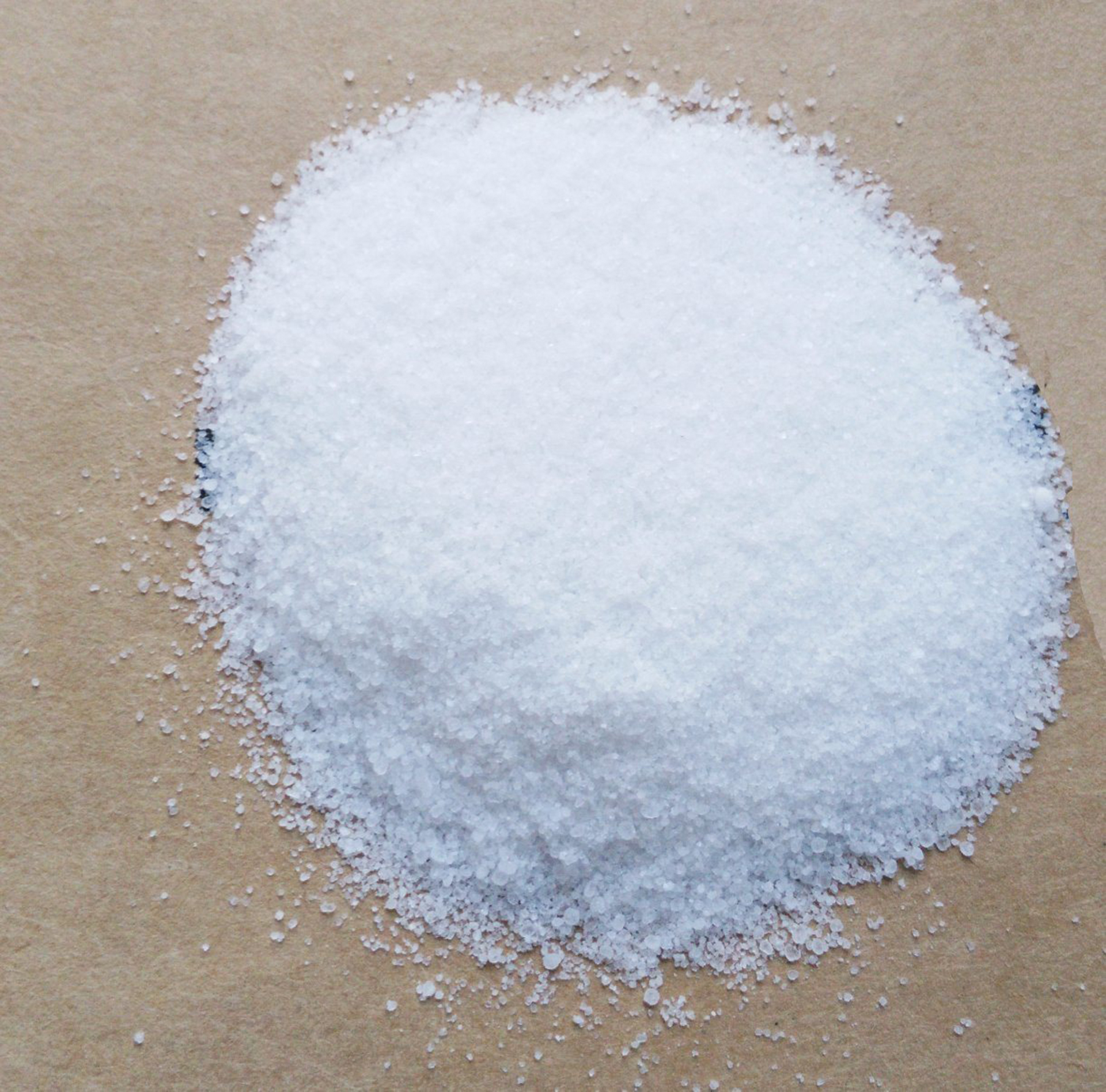



ph of 0.1 n naoh
Understanding the pH of 0.1 N NaOH Solution
When discussing the properties of bases, sodium hydroxide (NaOH) is one of the most common alkalis used in laboratories and various industrial applications. One of the fundamental characteristics of any aqueous solution is its pH, which quantitatively expresses the acidity or basicity of that solution. In this article, we will delve into the specific pH of a 0.1 N NaOH solution, exploring its implications and applications.
The pH scale ranges from 0 to 14, where values lower than 7 indicate acidity, while values above 7 indicate basicity. A neutral solution, such as pure water, has a pH of 7. Sodium hydroxide, being a strong base, completely dissociates in water into sodium ions (Na⁺) and hydroxide ions (OH⁻). The degree of dissociation is crucial in determining the concentration of hydroxide ions in the solution.
In the case of a 0.1 N NaOH solution, N refers to normality, which is a measure of concentration equivalent to molarity for monobasic bases like NaOH. Therefore, a 0.1 N NaOH solution contains 0.1 moles of NaOH per liter of solution. Given that NaOH dissociates completely, this implies that there are also 0.1 moles of hydroxide ions (OH⁻) per liter.
To calculate the pH of this solution, we first determine the pOH, which is the negative logarithm of the hydroxide ion concentration
\[ \text{pOH} = -\log[\text{OH}^-] \]
For a 0.1 N NaOH solution, where [OH⁻] = 0.1 M
\[ \text{pOH} = -\log(0
.1) = 1 \]ph of 0.1 n naoh

Next, we use the pH and pOH relationship, which states
\[ \text{pH} + \text{pOH} = 14 \]
Substituting the calculated pOH
\[ \text{pH} = 14 - 1 = 13 \]
Hence, the pH of a 0.1 N NaOH solution is 13, indicating a highly basic solution.
Understanding the pH of NaOH solutions is essential in many contexts. In the laboratory, knowing the pH helps in titrations and reactions where precise acidity and basicity must be controlled. In industrial processes, adjusting pH through bases like NaOH is vital in fields such as pharmaceuticals, where it can affect drug stability and efficacy. Additionally, in environmental chemistry, monitoring pH levels can indicate the health of aquatic ecosystems.
Moreover, safety considerations are paramount, as working with strong bases like NaOH can be hazardous. Proper personal protective equipment (PPE) should be worn to prevent skin and eye contact, as NaOH can cause severe chemical burns upon contact with human tissue.
In conclusion, the pH of a 0.1 N NaOH solution is a crucial piece of information for various scientific and industrial disciplines. With a calculated pH of 13, it exemplifies the characteristics of a strong base and underlines the importance of careful handling and application of such solutions in practical settings. Understanding these properties not only enhances laboratory procedures but also supports broader environmental and safety measures.
-
Why Sodium Persulfate Is Everywhere NowNewsJul.07,2025
-
Why Polyacrylamide Is in High DemandNewsJul.07,2025
-
Understanding Paint Chemicals and Their ApplicationsNewsJul.07,2025
-
Smart Use Of Mining ChemicalsNewsJul.07,2025
-
Practical Uses of Potassium MonopersulfateNewsJul.07,2025
-
Agrochemicals In Real FarmingNewsJul.07,2025
-
Sodium Chlorite Hot UsesNewsJul.01,2025










